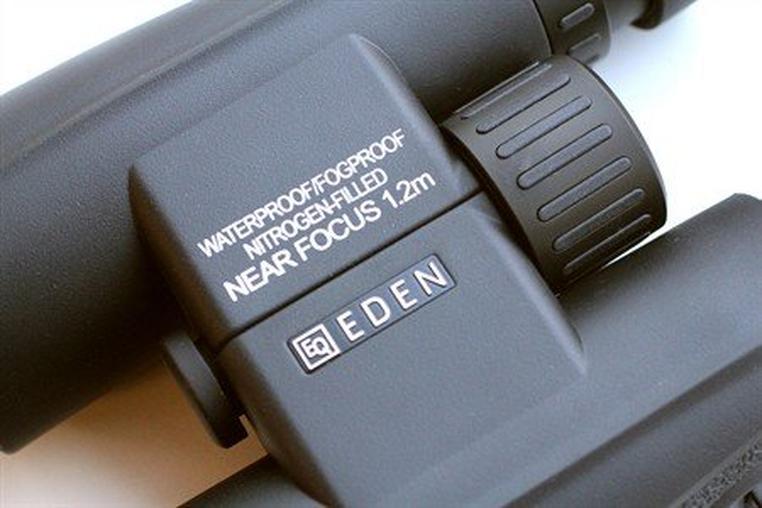Waterproof- Binoculars
Of course, we do not only use our expensive binoculars out of doors but also in our centrally-heated houses. We also take them with us when we go bird watching, in search of that elusive bird that only appears when it rains. And when we go on holiday, we take them with us to the tropical rainforest, which has a humidity factor of 100%.
And, of course, we do not want our binoculars to fog up or become mouldy, spoiling the images we are hoping to see. In a nutshell, in the majority of cases, it is of paramount importance that the binoculars are watertight. To make them watertight, the binoculars are purged or filled with nitrogen or argon. Purging binoculars ensures that the binoculars will not fog up when there are large(r) differences and fluctuations in temperature. A huge advantage!
Unfortunately, it is often difficult to determine how watertight binoculars actually are. A rubber cover or coating is no guarantee that the binoculars are really watertight. However, this rubber covering does protect the binoculars from bumps and jolts.
And does the term, 'waterproof' actually mean that the binoculars can be immersed in water or that they can only withstand a shower of rain? It is all quite confusing. However, you can safely assume that that truly watertight binoculars are labelled 'waterproof' and/or 'nitrogen filled'.
And you can also safely assume that very cheap binoculars are not watertight, even if the label states that they are!








